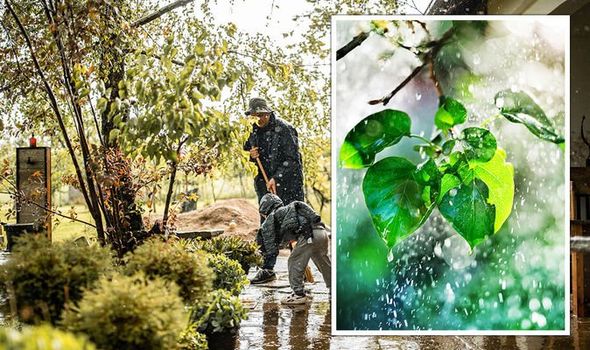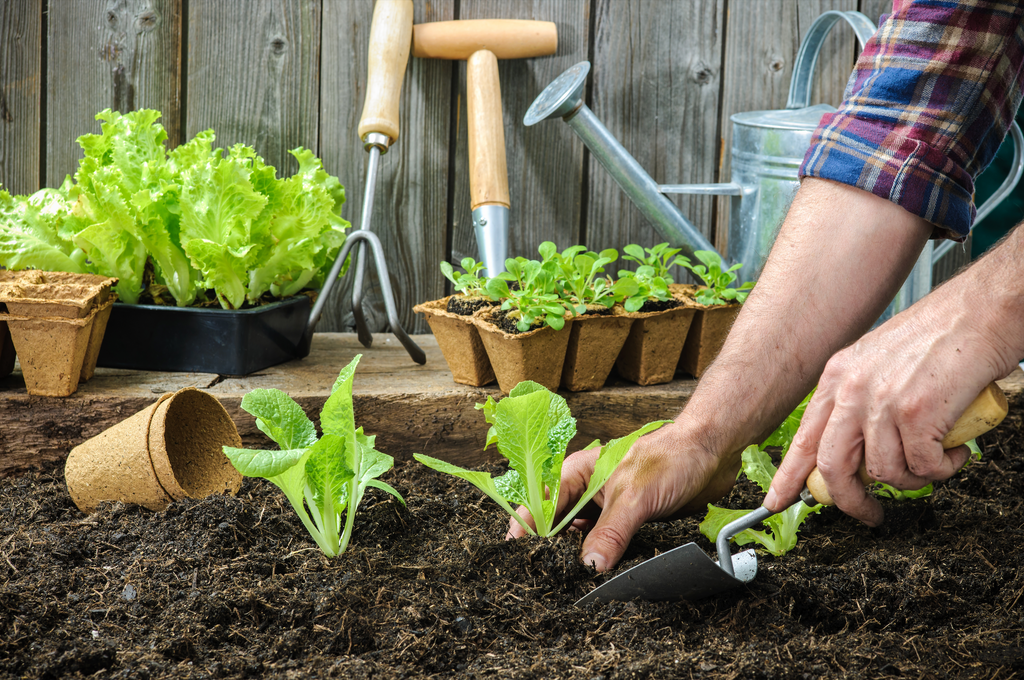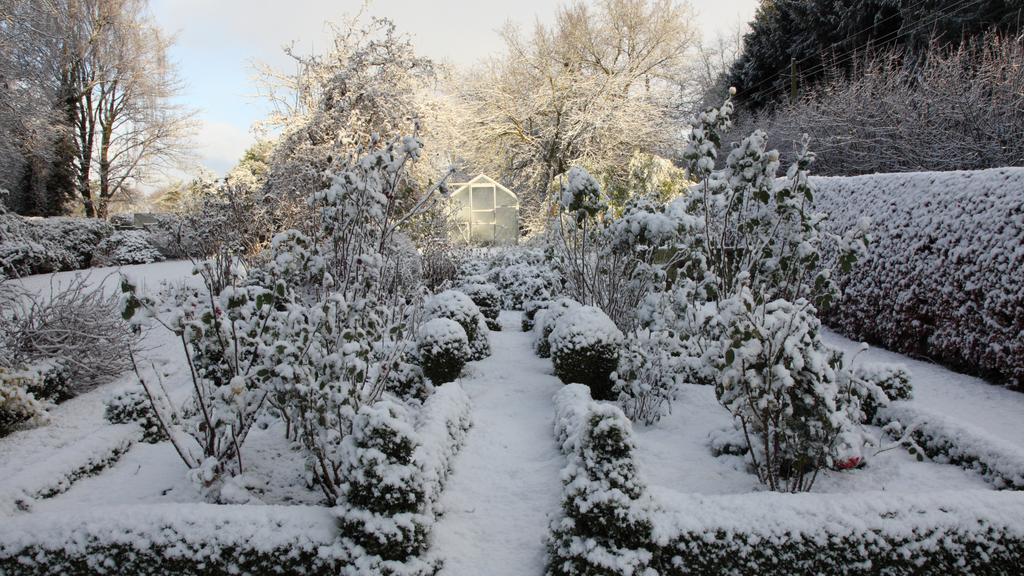
Our top tips for protecting your soil this winter


The air is crisper than usual, and you’re starting to see frost sparkles on your lawn when you awaken. This is a sure sign that winter is here!
While it might be tempting to put the garden tools away and curl up under a woolly blanket with a nice cuppa, winter is not the time to abandon your garden. You may not be planting with seeds or harvesting herbs, but there is still work to be done.
There are several gardening activities to do in winter. However, your biggest concern should be protecting your soil from the elements.
If you would like some expert advice on how to care for and protect your soil this winter, keep reading.
What happens to our soil in winter?
Before we tell you more about how to show your soil some TLC this time of year, we thought we’d give you a little more insight into what the cooler weather does to your soil.
First, it’s worth noting that frost can actually protect your soil, especially when snow falls on top of it. A layer of frost provides refuge for all the soil's life so that it remains intact when the snow comes down.
If a blanket of snow covers your soil and there isn’t any frost underneath it, it restricts the soil and prevents it from getting the fresh air that it needs to survive.
In order to protect your soil from snow, wind, and rain, there are a couple of tricks you can try out.
Tip 1: Start by testing your soil
The first thing you need to know in order to protect your soil in winter is exactly what type of soil you’re dealing with in your garden.
Types of soil include clay, silt, sandy, chalky, and loam. Knowing your soil type will help you decide how to treat and protect it in the winter months.
Start out by grabbing a handful of your soil and squeezing it. If it falls to pieces, you have sandy soil. If you can mould it a bit like plasticine, you have clay soil. Loam soil is somewhere in between.
If you live in the UK, you can use this tool to tell you what soil you likely have based on your geographical location.
Tip 2: Ensure you mulch around your plants
Regardless of the type of soil you have, you need to protect your plants from the harsh winds and water that come with the season.
Mulching provides a natural blanket of protection and should also stop too many weeds from popping up. It also deters any garden pests when it is laid correctly.
You can use leaves, wood chips, sawdust, or compost to mulch around your plants by spreading the material on the soil's surface. You will want to create a two to four-inch layer of mulch if you want it to work well. Be sure not to cover your plants, though, as this can damage them.
Make a note in your calendar or mobile phone to remove your mulch a couple of weeks before spring starts so that the sun can start warming the soil so it is ready for planting and sowing. You want your soil to perform at its best for the remainder of the year!
Tip 3: Keep an eye on winter weeds
The weeds that tend to spout in winter months, such as dandelions, bittercress, and chickweeds, to name a few, can play an important role in protecting your soil. However, you’ll want to ensure they don’t take over your garden completely.
Weeds provide a natural winter cover for your soil and can also boost drainage within your soil and prevent erosion when it rains.
But be sure to keep them under control with regular hoeing, forking, and applying mulch. Unruly weeds can end up being a lot of work in spring when you’re ready to start planting again, and they can strangle the life out of your soil if they’re too thick.
Tip 4: Take care of any open beds
If any of your flowerbeds will remain empty throughout winter, it’s best to take steps to preserve and care for the soil to retain its structure and nutrients for your next round of planting and sowing.
Heap compost over these beds to cover them or use garden mesh or old cloth to cover vacant beds. Covering the beds prevents too much moisture from penetrating the soil and stops compaction when it rains.
When spring rolls around, be sure to let your layer of compost breathe in the open air for a few days and then dig it through your soil to prepare for sowing and planting seeds.
Now that you know how to protect and care for your soil this winter, our best advice is to get started as soon as possible. Chilly mornings and shorter days are a clear indication that it’s time to start preparing for colder months so that your soil can thrive once the sun returns.
For more expert advice on caring for your garden throughout the seasons, keep an eye on our blog. You can also browse our online store to find all the seeds you need for the upcoming months.






